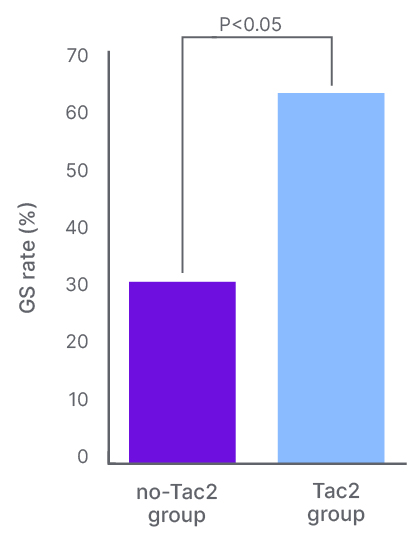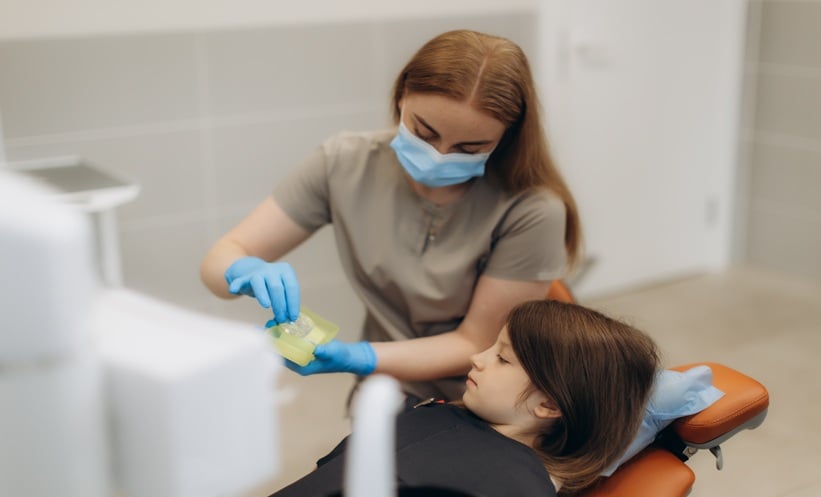INTRODUCTION
In organ transplantation, the transplanted organ is usually attacked by various lymphocytes. In contrast, a transferred embryo might be attacked by various lymphocytes in treatment with antiretroviral therapy. An underlying mechanism of embryo rejection is considered to be similar to an allograft rejection. According to this speculation, embryonic rejection is one of the reasons for repeated implantation failure (RIF). Therefore, the authors used the immunosuppressive agent tacrolimus for women with RIF (≥4 times) and elevated T helper (Th) 1/Th2 cell ratios (≥10.3). This resulted in the pregnancy rate being significantly improved.1 However, this first study did not include the use of euploid blastocysts, so embryonic concerns could not be ruled out. In this study, the authors attempted to confirm the effectiveness of the tacrolimus treatment on women with RIF showing elevated Th1/Th2 cell ratios using euploid blastocyst.
MATERIALS AND METHODS
A prospective cohort study was performed, including 569 women who are infertile with RIF four or more times. The study participants received frozen-thawed blastocyst transfer with euploid blastocysts from September 2020–November 2021. All transferred blastocysts were confirmed as euploid or low-frequency mosaic by preimplantation genetic testing for aneuploidy, and the endometrial preparation for embryo transfer (ET) was made by using either hormone replacement cycle or natural ovulatory cycle. All participants were measured for their peripheral blood Th1/Th2 (CD4+IFN-γ+/ CD4+IL-4+) cell ratios in the secretory phase before ET. Women who had elevated Th1/Th2 cell ratios (≥10.3) received tacrolimus (2–4 mg daily).2 Tacrolimus was started 2 days before ET until the day of pregnancy test.
RESULTS
Among the women, 174 (30.6%) showed a ratio of 10.3 or above were divided into two groups: 148 women received tacrolimus (Tac group) and the others (n=26) did not receive any drugs (no-Tac group). The remaining 395 showed a ratio of 10.3 or less and were considered as controls (control group).
The human chorionic gonadotropin-positive and gestational sac (GS) rates of the Tac group were 73.0% and 64.2%, respectively; similar to the no-Tac group (69.2% and 57.7%, respectively; P is non-significant). Meanwhile, the human chorionic gonadotropin-positive and GS rates of the control group were 70.6% and 60.0%, respectively (P is non-significant).
Recently, the authors reported an adjusted cut-off value of the Th1/Th2 cell ratios (≥11.8) for women with RIF based on the retrospective analysis.3 When the Th1/Th2 cell ratio cut-off value was set to ≥11.8, 123 women of the 569 participants (21.6%) had elevated Th1/Th2 cell ratios (≥11.8). Among them, 112 received tacrolimus (Tac2 group), and 11 did not receive tacrolimus (no-Tac2 group). The remaining 410 women were a control group (Control2 group). The GS rate of the Tac2 group was 67.0%, which was significantly higher than that of the no-Tac group (36.3%; p<0.05, Figure 1), while the GS rate of the Control2 group was 60.5% (P is non-significant).

Figure 1: Gestational sac rate after euploid blastocyst transfer between two groups.
GS: gestational sac; Tac: tacrolimus.
CONCLUSION
The authors concluded that tacrolimus was an effective treatment for women with RIF showing elevated Th1/Th2 cell ratios using euploid blastocyst, and that the elevated Th1/Th2 cell ratio cut-off value should be set to 11.8. Since then, they have set 11.8 as the new criteria value for tacrolimus treatment.







